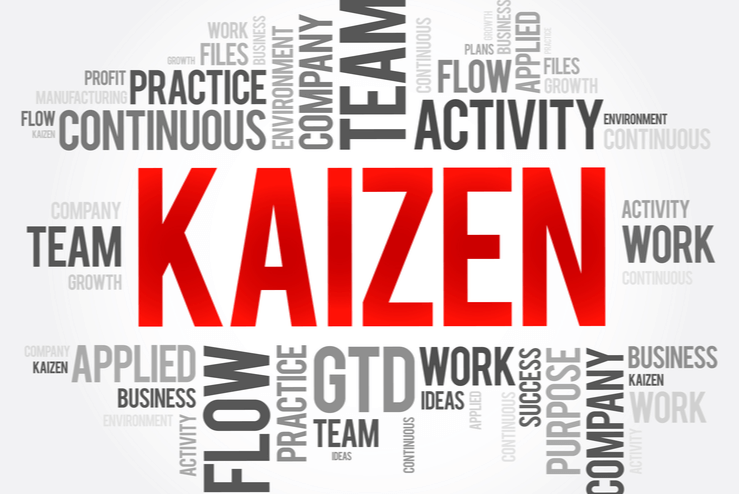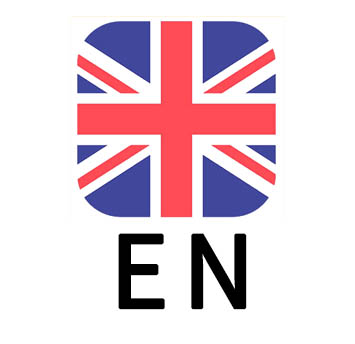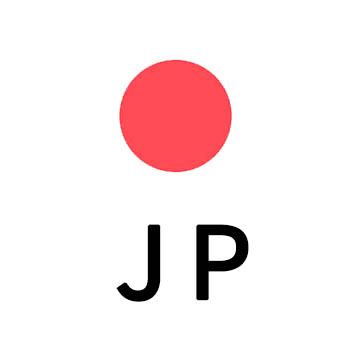
Part2:An approach to improving logistics (trade).
Hello, I am Ichiki of Sync Logistics.
Continuing from last week, we will share the process of improving logistics.
■Write a flow chart with a pencil and an eraser.
It is often said that an understanding of the entire supply chain is necessary to improve logistics (trade).
Knowledge of what procedures are required and what laws are applied in the process of moving things from point A to point B is required.
You also need to know what kind of stakeholders are working with what kind of interests.
Sometimes I use books and information on the Internet, and I imagine the supply chain while actually hearing the people involved.
I can now draw flowcharts in my head, but 10 years ago when I entered the industry, I wrote bulleted processes and repeated flowcharts with a pencil and eraser.
■The type of bottleneck may be unexpected.
The bottleneck of the entire logistics is caused by various factors, but it is roughly classified into the following four.
① Humans (employees, customers, cooperating companies)
② Things (site, equipment, equipment, materials)
③ Things (services, processes, times, rules, policies)
④ Information (data, information, knowledge, wisdom)
If there is a shortage of personnel or the supply of equipment is not catching up (①②), a specific process procedure is a process that easily induces mistakes (③), or information sharing between the arranging side and the site side is loose. In the first place, it may be caused by misunderstanding or lack of knowledge (④).
Also, one of the sad problems was that all the people involved were observing the rule that had become a mere ghost, and asked, “What is the rule for? No one may be able to answer the question. I value confirmation such as “for what” at internal and external meetings because the effects are maximized because the improvements and measures are in line with the purpose.
There was actually such a case. In some destination countries, quarantine was required for used cars as cargo. In order to protect the ecosystem of the export destination country, the following two points were necessary.
(1) Export inspection to check if there is mud under the vehicle
(2) Incorporate the cleaning work required when mud is attached as a process
At this time, the resources for cleaning work (people and operating hours) in (2) became a bottleneck, and exports were delayed.
There were more and more opinions such as “temporarily stop bringing in cars” and “increase the dates for export inspections” and hire people.
At this time, I said, “We will negotiate the maximum time for cleaning the vehicle, and if there is a waiting time for the staff of other processes at the site, we will send them to support. I gave an instruction such as.
At first, there was a backlash against my instructions. “That would affect other work,” “until now, such operations are unprecedented.”
Whenever such an opinion comes out, I will return to my purpose. Our purpose is to “maximize the number of customers’ exports”.
Keeping track of the common purpose of all parties is the most important point in improving the logistics process.
■ It is our role to maximize the abilities and efforts of those involved.
I have planned and operated dozens of logistics services so far, but I think it is extremely difficult to collaborate with related parties in addition to complex knowledge.
Especially when working in Japan, there is a tendency that “who is saying?” Is more important than “what is being said?”.
As a result, I’ve seen many scenes where the people involved aren’t thinking about improving the problem. In other words, I feel that there is a lot of room for growth in logistics sites in Japan, and I think that there is a point where we can bring out the value of our existence.
If you have a request to improve this automobile export site, please feel free to contact our staff.
Thank you for your time.






